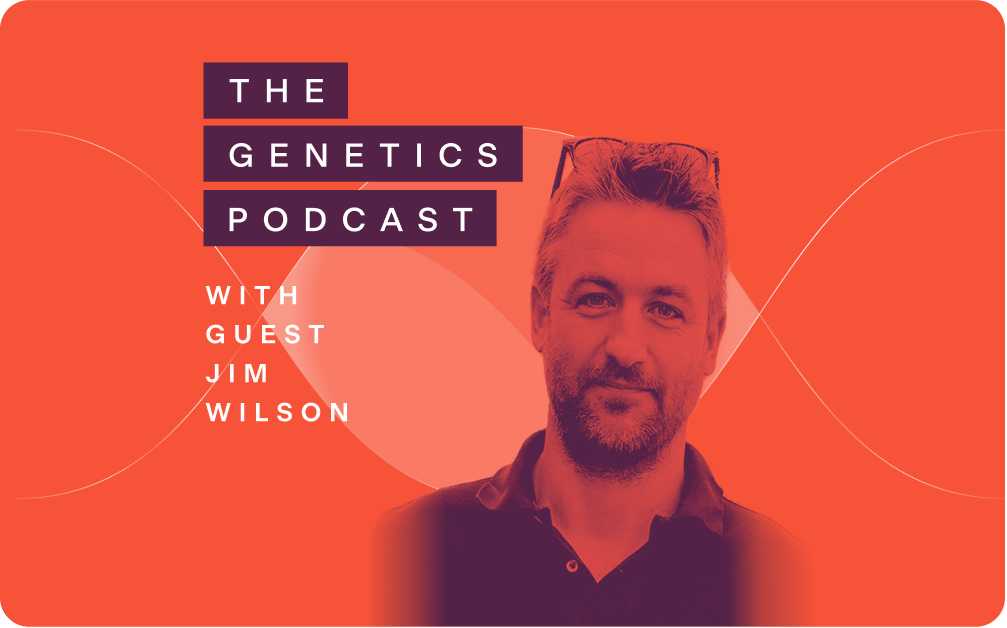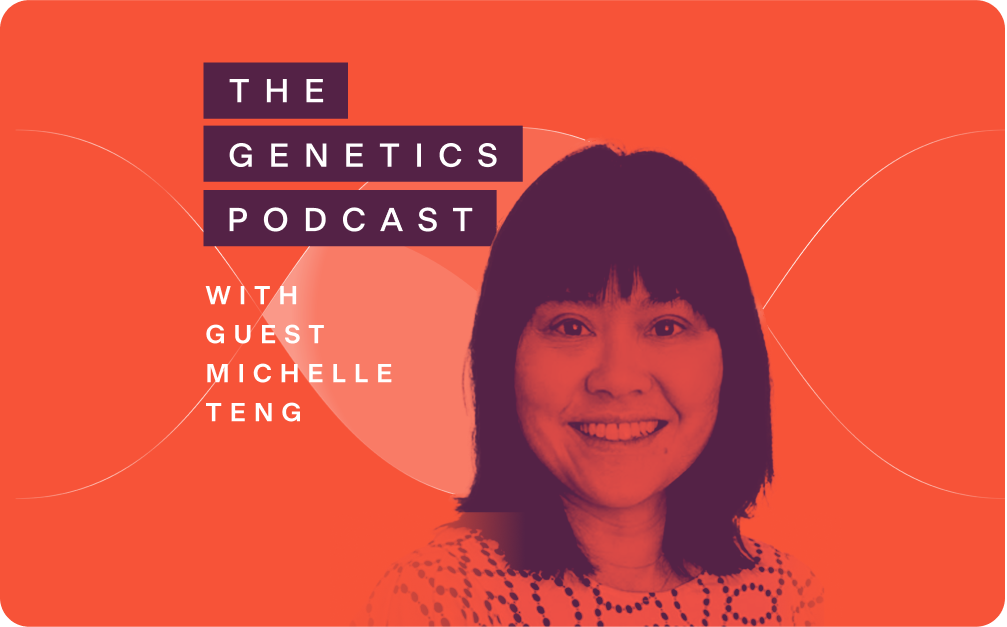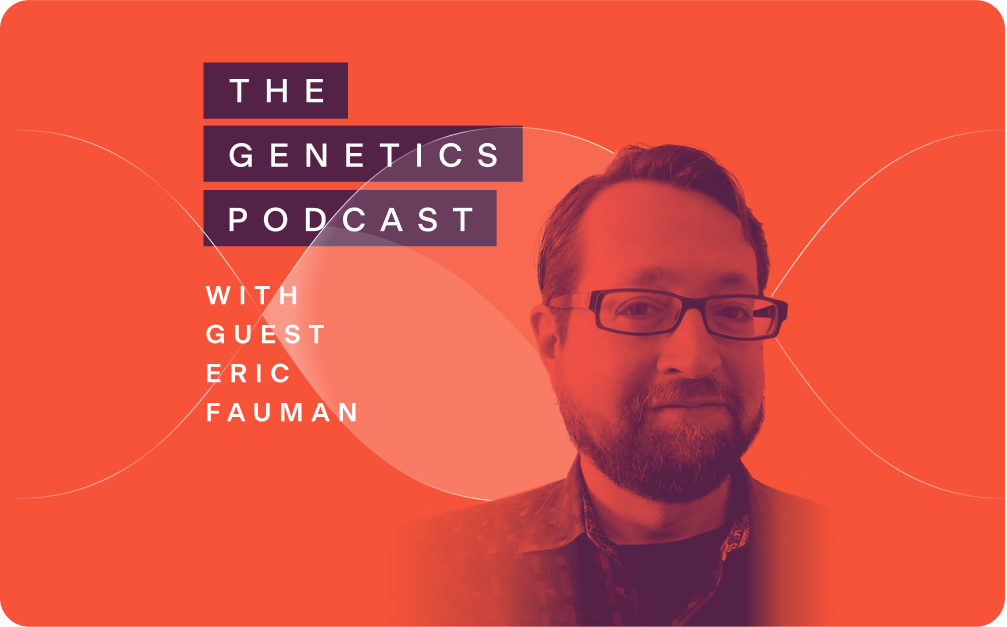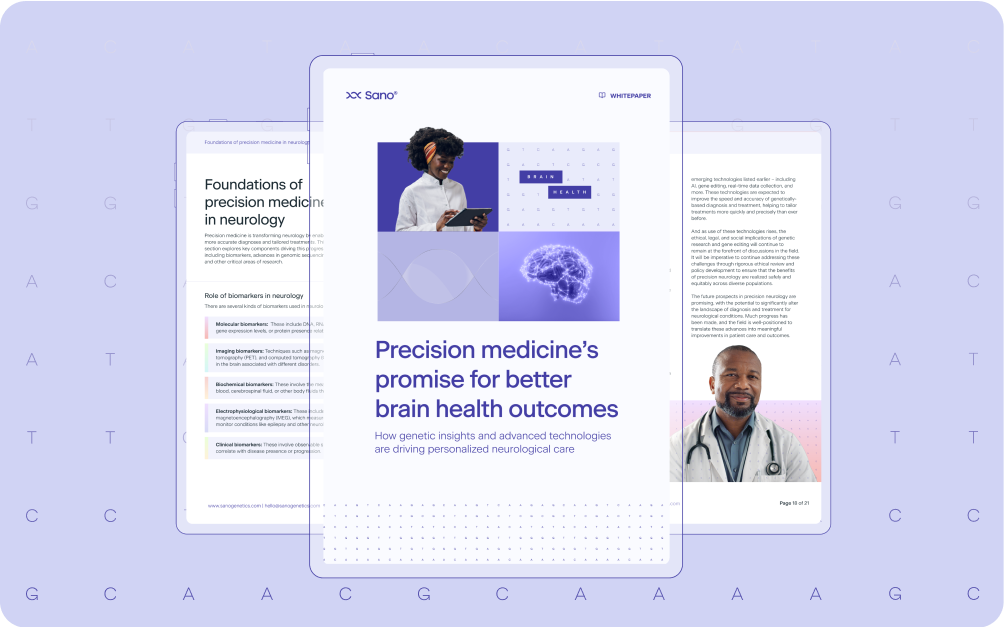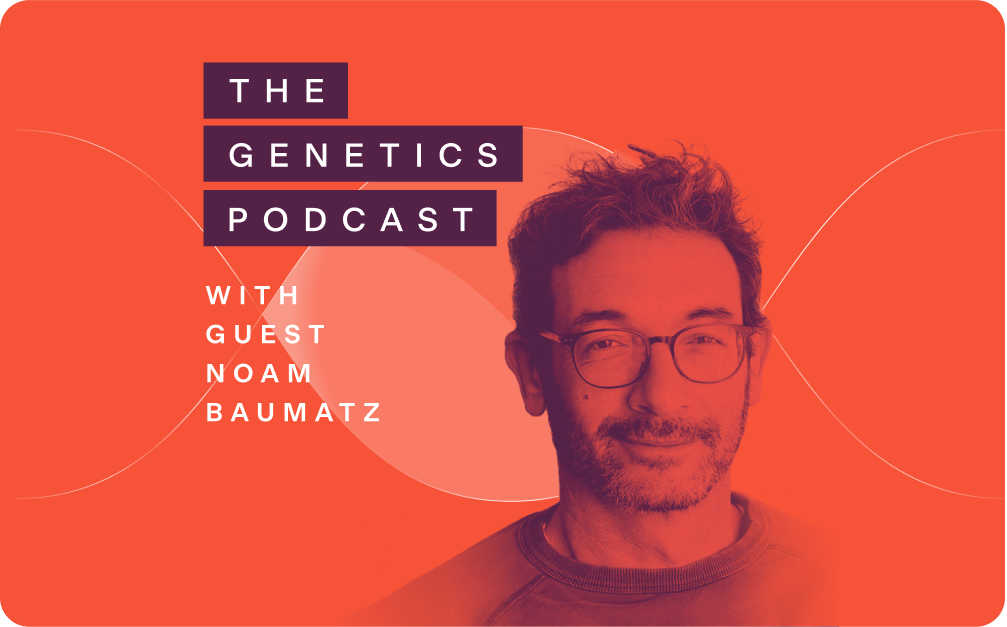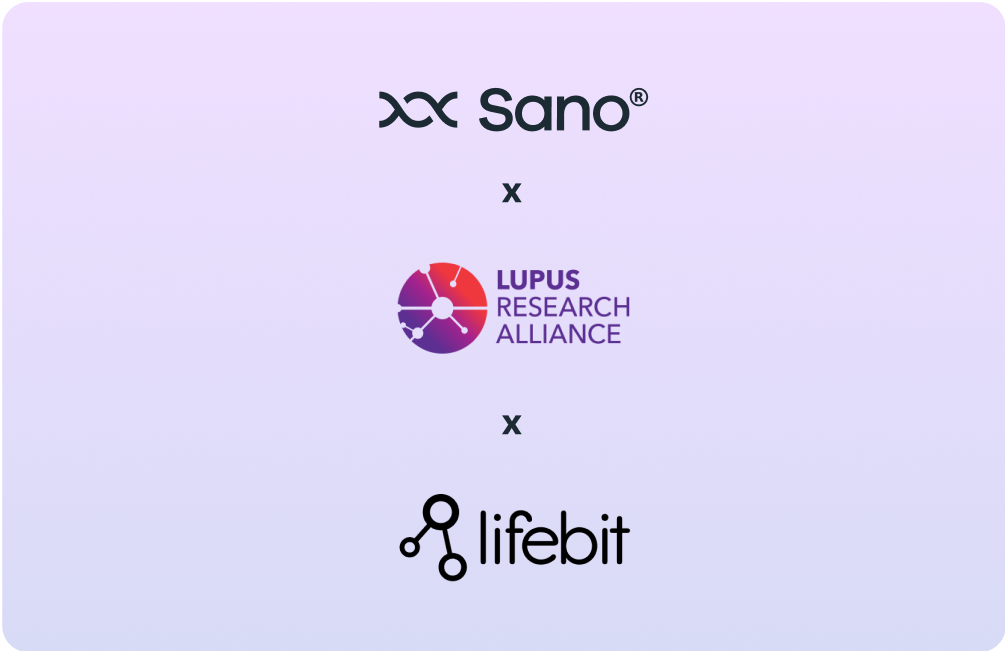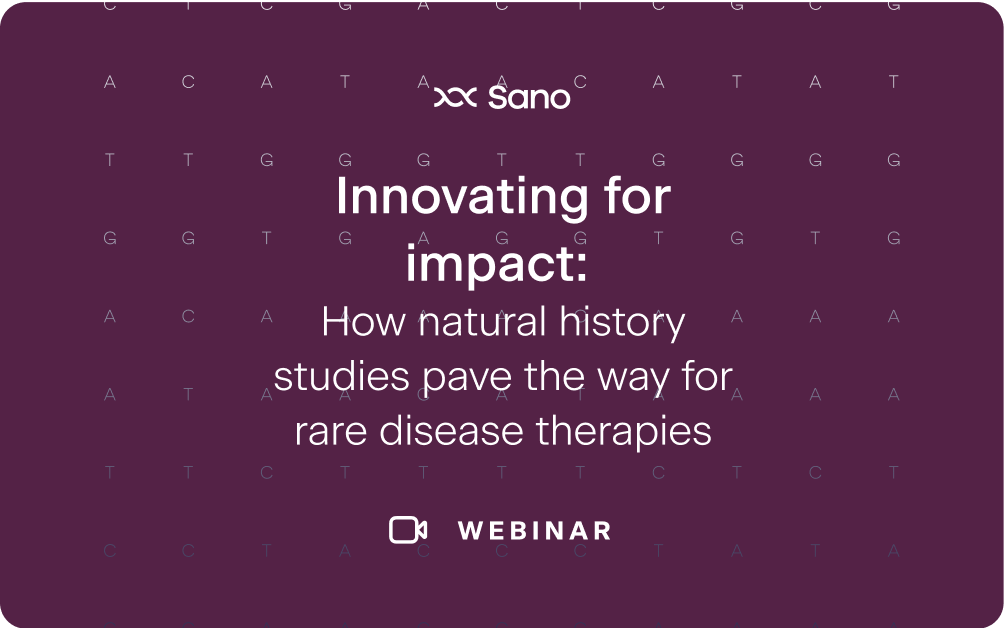Clinical research blog
Explore our blog for insights into the big questions in precision medicine and clinical research.
Implementing precision neurology comes with its own set of complexities—from decoding the brain's intricate workings to addressing the ethical challenges of using genetic data. Let’s take a closer look at these hurdles.
In the latest episode of The Genetics Podcast, Patrick speaks with Dr. Jim Wilson, Professor of Human Genetics at the University of Edinburgh, about his work studying isolated populations and their unique genetic makeup. As the lead of the Viking Genes project, Jim's research explores the genetic history of Scottish islanders. They have already found several genetic variants of interest, including a BRCA1 mutation present in 1 in 20 individuals on one island, and a cardiomyopathy variant 4,700 times more common in Shetland. Discoveries like these have profound implications for population health and preventive medicine. Read on for a quick summary of the episode:
Sano is proud to support Neuron23 in the NEULARK Phase 2 clinical trial, a groundbreaking study exploring NEU-411, a brain-penetrant LRRK2 inhibitor with the potential to slow disease progression in Parkinson’s. This precision medicine trial leverages advanced digital biomarkers and patient stratification techniques to identify those most likely to benefit from treatment.
Last week on The Genetics Podcast, Patrick Short sat down with Michelle Teng, CEO and co-founder of Etcembly, to explore her work at the intersection of immunotherapy and machine learning. The discussion ranged from breakthroughs in cancer treatment to Michelle’s deeply personal motivation for advancing rare disease therapies. In case you missed it, here's a quick recap of the episode:
Precision medicine is transforming neurology by enabling more accurate diagnoses and tailored treatments. Here, we explore key components driving this progress, including biomarkers, advances in genomic sequencing, and other critical areas of research.
In a recent episode of The Genetics Podcast, host Patrick Short sits down with Eric Fauman, Executive Director and Head of Computational Biology in Pfizer's Internal Medicine Research Unit. With over 26 years at Pfizer and a background in protein crystallography and genetics, Eric's work combines computational biology and genetics to drive drug discovery, particularly through the development of tools and datasets that bring genetic insights into the drug development process.
Millions of people worldwide are affected by neurological disorders like ALS, Alzheimer’s, and Parkinson’s. These conditions bring unique challenges for patients and healthcare providers, but precision medicine is helping change how we approach them. By focusing on the genetic and molecular causes of these diseases, precision neurology is opening the door to more effective, personalized care.
In the most recent episode of The Genetics Podcast, host Patrick Short speaks with Noam Baumatz, co-founder and CEO of Noga Therapeutics. Noam shares his deeply personal journey into gene therapy and the mission behind Noga Therapeutics, a company focused on developing gene therapies for rare genetic disorders. The conversation explores Noam’s work, the powerful motivation behind it, and how it supports families through rare diseases.
Today, the Lupus Research Alliance (LRA) launched the Data Repository, Exchange, and Analytics Platform (DREAM)—a pioneering knowledge-sharing platform dedicated to advancing lupus research. DREAM offers two interfaces: one designed for secure data-sharing and collaboration among researchers, and another focused on research engagement for individuals living with lupus.
In a recent webinar, former Reata Pharmaceuticals CEO Warren Huff shared his journey leading the company from its founding in 2002 to its landmark acquisition by Biogen in 2023. Warren offered an in-depth look into Reata’s development of Skyclarys, the first FDA-approved treatment for Friedrich’s ataxia, a rare neurodegenerative disease that dramatically affects patients’ quality and length of life. Below is a quick summary of the key bits of info from the webinar.


